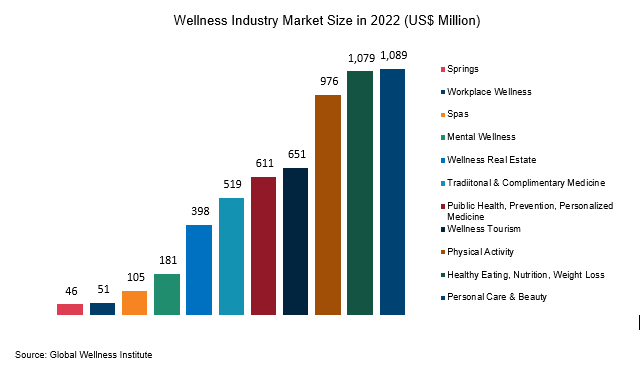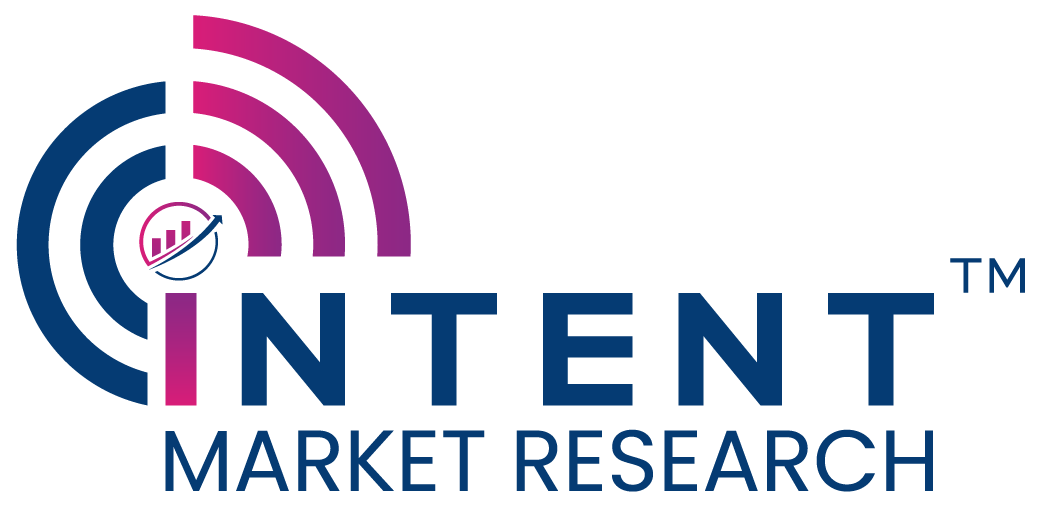Consumer Goods

Consumer goods industry adapts to evolving consumer trends and demands. Digital innovation, an increased interest towards sustainable and healthy products, constant innovation and inflation have been some of the biggest influences on the consumer goods market. Consumer goods sector includes sub-industries such as food & beverages, apparel, footwear & accessories, appliances, health & beauty, household goods, toys, tobacco, wines & spirits among several others.
Consumer goods industry is highly fragmented with the presence of large number of global and local players, including Nestle, PepsiCo, Procter & Gamble, Unilever, Tyson Foods, Coca-Cola, Colgate-Palmolive, L’Oréal, Heineken, Mondelez, Samsung, Dell, Apple, Whirpool, Haier, etc.
Creating More Resilient Supply Chains
The COVID-19 has severely impacted the consumer goods industry with the disruption of supply chain. The consumer-goods companies are taking several steps to improve their supply chain resilience. Some of these are creating end-to-end transparency to identify relationships that invite vulnerability; investing in digitization to improve transparency, traceability, and agility; improving communication & collaboration with both suppliers and customers for maintaining strong relationships and quelling any tensions early on; and embracing e-commerce.
Customized and Connected Wellness Industry
The wellness market is booming with consumers intend to keep spending more on products that improve their health, fitness, nutrition, appearance, sleep, and mindfulness. Due to the rising awareness of consumers, there is increasing demand for natural and clean products. Digital and social media platforms has become the new marketing platforms and the social media celebrities are becoming more influential helping to promote the wellness products.
Furthermore, the retail industry is integrating emerging technologies to improve the shopping experience of their customers. IoT, augmented reality (AR), are the most preferred tech-choices for the retailers to get the insights from the data gathered through the consumers’ buying behavior. The use of AR has increased during the lockdown due to COVID-19. AR is allowing e-commerce customers to preview products or experience its use in their home and on their own time, before finalizing a purchase. In 2022, personal care & beauty accounted for the revenue of USD 1,089 billion; whereas healthy eating, nutrition, & weight loss accounted for USD 1,079 billion. Wellness real estate category expected to grow with the CAGR of 17.4% during the forecast period of 2022 to 2027.

Product Tracking with Connected Packaging and Serialized QR Codes
Serialized QR codes assigns unique QR code to individual product, thus enabling more efficient package tracking throughout the supply chain. Integration of QR codes or RFID tags is helping companies to gather valuable information on packaging location, monitor product flow-speed, and can identify areas for operational improvement, deliver cost savings and improve environmental sustainability and strategic decision-making, without compromising data privacy.
The rise of the digital consumer is disrupting the demand side of consumer products industry
The proportion of sales through online channels has reached a tipping point. Digital transformation has put the customer in the driver’s seat which is enabling scrutiny of products and endless comparison on the spot. Consumer goods companies are optimizing their marketing strategies and brand awareness to maintain customer loyalty in this competitive market.
In Intent Market Research we analyze trends in fast pacing consumer goods industry to offer market assessment strategies to our clients.

